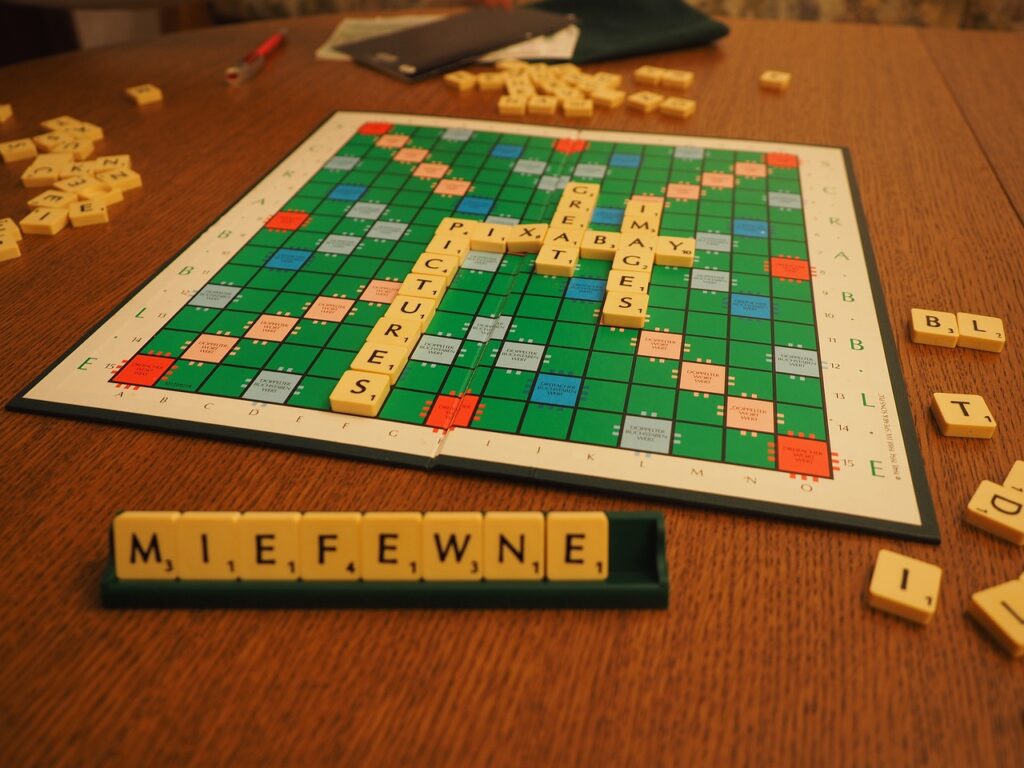Fine Art Articles Artypaintgall: Gallery Painting Fundamentals
1. Curation: Clarity Beats Volume
Start with a theme or mission—medium, movement, feeling, or question. Filter: Only pick works that support the theme. Fillers dilute impact. Use fine art articles artypaintgall to guide selection—models for discipline, not just taste.
Order is power; every work earns its space or goes.
2. Documentation Routine
Every piece: artist, title, year, medium, size, price, provenance, and condition. Log all updates: sales, conservation, location changes, exhibition history. Digital backups mandatory; real galleries run both cloud and hard copies.
Lose your log, risk both sales and reputation.
3. Hanging and Placement
Standard hang: center 58–62 inches; adjust for gallery height and line of sight. Breath between works—don’t cram. Negative space lifts the memory and market of each piece. Use line, color, and form to group, but avoid clusters that break your sequencing logic.
Routine: Dry run every hang, photograph for review, and adjust layout as new works come in.
4. Lighting and Climate
LEDs or colorbalanced lighting; avoid yellow cast or direct sun. Routine checks for burnt bulbs, glare, or shadow; log changes in light and any visitor complaints. Maintain 50% humidity, 68–72°F, check daily during shows. Secure all pieces: antitheft hangers and sensors are nonnegotiable.
Discipline preserves value.
5. Labelling and Storytelling
Clear, crisp wall labels: artist, title, medium, year, with one or two lines of interpretive text. QR codes link to fine art articles artypaintgall for deeper context, technique, or video. Wall text should amplify, not distract. Overdescription kills experience.
Routine review—edit wall texts after opening feedback.
6. Security and Insurance Routine
Register all pieces for onexhibit insurance, including transport. Daily closeup checks of works, fast incident reporting, and clear chainofcustody logs.
A gallery without security routines is gambling.
7. Promotion and Outreach
Use fine art articles artypaintgall as source material for press, highres social, and enewsletter features. Announce every show in a planned campaign: preopening, opening, midrun, and closing reminders. Schedule virtual tours or walkthroughs for additional reach; log digital traffic.
Analytics feed routine: what works, scale; what doesn’t, drop for next cycle.
8. Audience Flow and Engagement
Map visitor paths. Position main works for maximum linger, minor works as palate cleaners. Benches and pause points in every third room or as transition. Schedule guided tours at set intervals—feedback is recorded, not adhoc.
Every detail is set in advance; surprise is left for the art, not logistics.
Types of Gallery Paintings: Curation by Category
Abstract
Group by palette or energy, not just artist. Anchor with one large piece per wall, then build around it in decreasing size/order.
Landscape
Mix season, light, or urban/rural as contrast for pace. Hang highkey and lowkey works apart for rhythm.
Portrait/Figurative
Sequence by focus—intimate, confrontational, narrative. Hang large central works next to studies or sketches for process contrast.
Still Life / Modern
Pair bold with muted; show technical routine (underpainting, brushwork) at eye level.
Routine: Each genre setting runs its own audit and criteria.
9. Sales and FollowUp
Track price inquiries, purchasing interest, and sales—update logs immediately. After the sale, provide documentation, care guides, and followup scheduling for pickup or delivery. Postshow, email feedback to inquiries; ask for visitor, buyer, and press input.
Referrals compound through routine service.
10. After Show—Audit and Evolution
Run a full debrief: what sold, visitor paths, best artists, pricing, promotion that converted. Store or ship unsold works using routine logs and checks. Update artist and client records; schedule new show routines based on analytics.
Every cycle tightens future execution.
Pitfalls to Destroy
Overcrowded walls—the best work shows discipline in omission. Skipping lighting and climate logs; neglect slowly kills value. Delaying documentation—nothing sells if it can’t be tracked and authenticated. Failing to follow up; momentum dies after closing without routine contact.
Conclusion
Galleries that last are built on routine—selection, logging, hanging, engagement, and audit. Fine art articles artypaintgall teach the discipline underneath every show, review, and acquisition. Edit, document, and display with spartan intent, and each exhibition will outlast trend and memory. In art, as in life, routine is the highest form of respect. Operate with intent; let every painting, process, and plan multiply your show’s impact and endurance. That’s how a space becomes a gallery.
